19th Century Genre, Academic Paintings & Sculpture

Concurrent with the efflorescence of the Hudson River School, American artists journeyed abroad and enrolled in the leading art schools of Europe. Thomas P. Rossiter received his training in the most fashionable of all art capitals, Paris. Eastman Johnson, who studied at the Düsseldorf Academy in Germany and at the studio of French painter Thomas Couture, specialized in genre scenes of the emerging upper class of New Yorkers who had begun to collect pictures that reflected their lifestyles. The Industrial Revolution led to an increase in the urban population and, with it, a nostalgic yearning for the simple, outdoor life of a bygone era. Genre paintings were seen as offering city dwellers an escape from the hectic pace of their lives.
In the hierarchy of academic pursuits, still-life painting was considered the least demanding art form. Nevertheless, fruit and flower paintings, which were decorative and opulent, were widely popular. Some painters duplicated nature so convincingly that they fooled viewers into thinking that the objects they painted were real. Severin Roesen, William H. Harnett, John F. Peto, and John Haberle were masters of this trompe l'oeil tradition.












